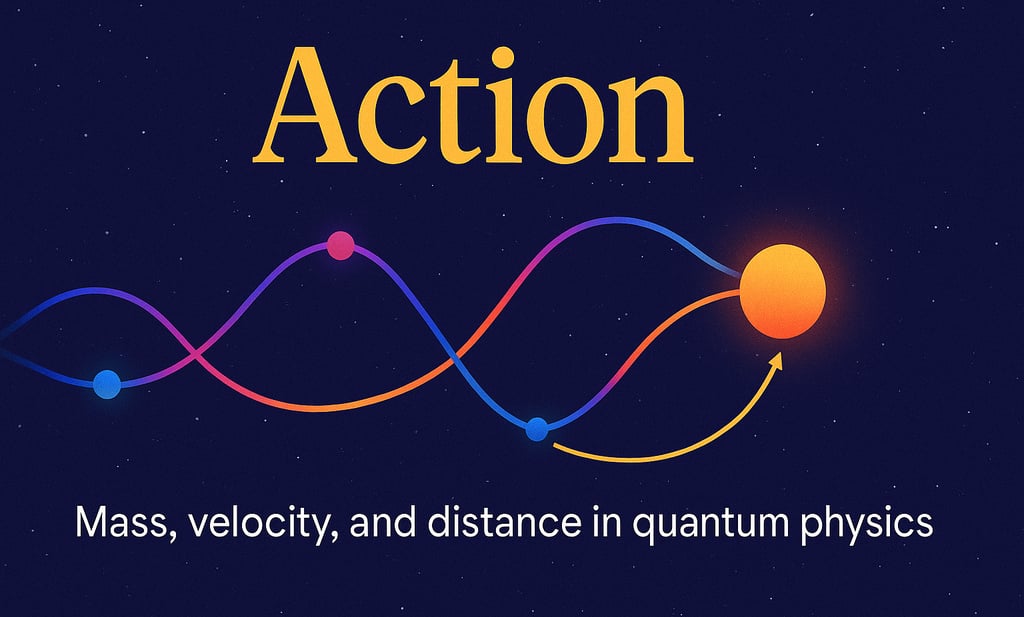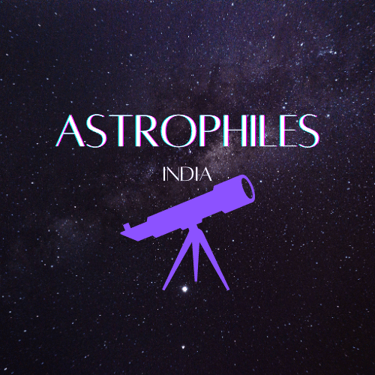Dancing with the Universe: What Quantum Physics Taught Me About 'Action'
A deep dive into the quantum concept of 'Action'—how mass, velocity, and distance guide particles through all possible paths, shaping the reality we observe. Discover how this fundamental principle bridges the weirdness of quantum mechanics with the predictability of our everyday world.
SANDEEP'S BLOGS
Sandeep Poddar
6/1/20253 min read


If there's one word in physics that sounds deceptively ordinary but hides an entire cosmic opera beneath it, it's "Action." Not the Bollywood kind (though I do enjoy a good slow-mo explosion), but the kind that literally decides how particles behave, why reality unfolds the way it does, and what paths nature deems 'worthy' of happening.
All thanks to my dear friend Hashmat Rasool (a well known name in Jamshedpur and is a proud physics lover), who drove me out of my sunday routine to discuss about the spooky concepts of the quantum world. And now, let me take you on a short journey through this wondrous idea that connects mass, velocity, distance, and something far deeper—possibility itself.
So, what is Action, really?
In classical mechanics, action is defined as:
Action = ∫ L dt,
where L (Lagrangian) = Kinetic Energy – Potential Energy
Sounds fancy? Sure. But let’s peel back the jargon. At its simplest, action is a sort of “cosmic cost” for a system to follow a particular path from Point A to Point B. The universe, like a clever miser, always chooses the path that minimizes this cost. This is known as the Principle of Least Action.
Now here’s the fun part—when you bring this into quantum mechanics, the game changes, and things get weirdly wonderful.
Quantum Version: All Paths Are Possible... Kinda
In the quantum world, a particle doesn't just go from A to B in a straight line. Oh no—it tries every damn path, like an overenthusiastic tourist with no sense of direction.
Every path has an action associated with it, calculated using the particle’s mass, velocity, and the distance it covers—baked into that same Lagrangian I mentioned earlier.
But here's the twist: unlike in classical physics where only one path is “real,” in quantum physics, all possible paths interfere with each other, like overlapping ripples on a pond. The result? Only the paths where the action doesn’t wildly fluctuate survive in the final story of what we observe.
Mass, Velocity, Distance — The Holy Trinity of Action
Let’s break it down real quick with a human analogy:
Mass is your presence. It’s how much inertia you have to resist change. Heavy mass? You’re a stubborn teenager refusing to do chores.
Velocity is your urgency. How fast are you moving through life? Sprinting to the fridge at midnight for cake? That’s high velocity.
Distance is your journey. Whether it's crossing a room or traversing a galaxy, it contributes to your path’s “cost.”
Put together: The larger your mass, the faster you move, and the longer the path, the greater your action.
In real terms, this is why macroscopic objects (like you and me) don’t exhibit quantum weirdness—we have too much action. Quantum effects get washed out by our bulk and momentum. Particles like electrons? Their action is small enough that all paths seriously interfere—and that’s when the quantum magic begins.
Why It Blew My Mind (and Still Does)
When I first wrapped my head around this, I felt like I had stumbled upon nature’s secret decision-making algorithm. It's not deterministic in the way we once believed. Instead, nature is probabilistic, poetic, and governed by this single number: the action.
Think of it like this—reality isn’t made of solid objects moving around like chess pieces. It’s waves of possibility, and action is the scorecard that determines which possibilities rise to the surface of our experience.
Final Thought: You Are a High-Action Being
You, dear reader, are a being of high action—not just because of your mass and your movement, but because you constantly choose paths in life. In quantum terms, you’re too “classical” to tunnel through walls, sure. But conceptually? You’re making decisions every day based on minimizing your own version of action—energy spent, time consumed, emotion invested.
So next time you’re deciding between a walk or a nap, just remember: you're reenacting the same cosmic principle that governs electron behavior and black hole thermodynamics.
The universe doesn’t waste effort, and neither should you.
Stay curious. Stay moving. And never forget—everything is in motion, even when it looks still.
– Sandeep Poddar
